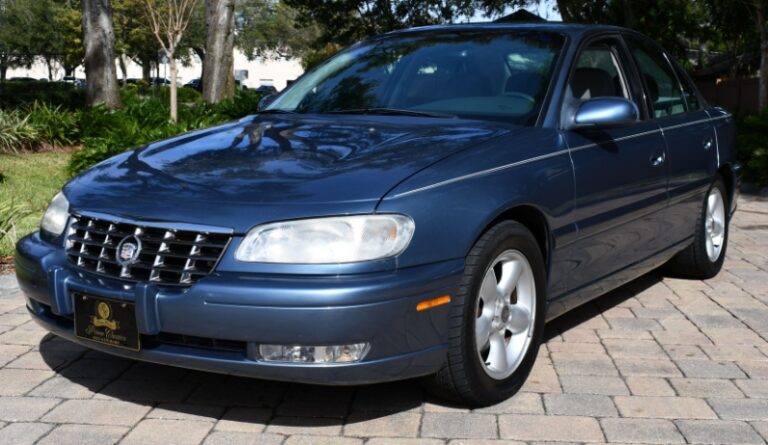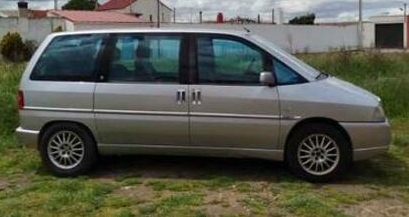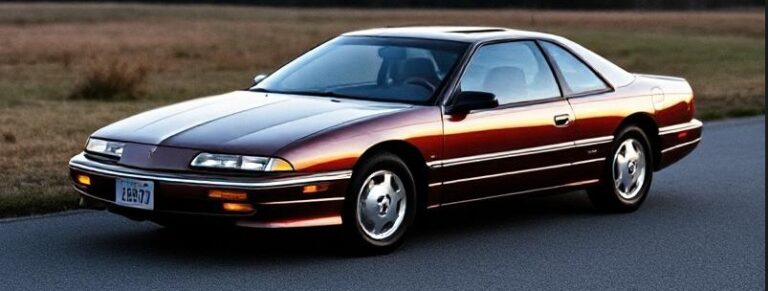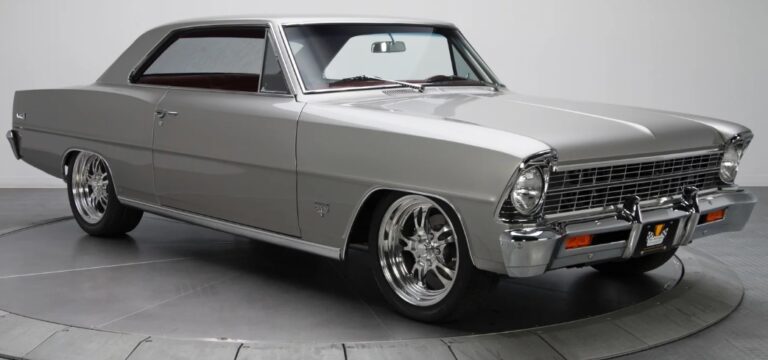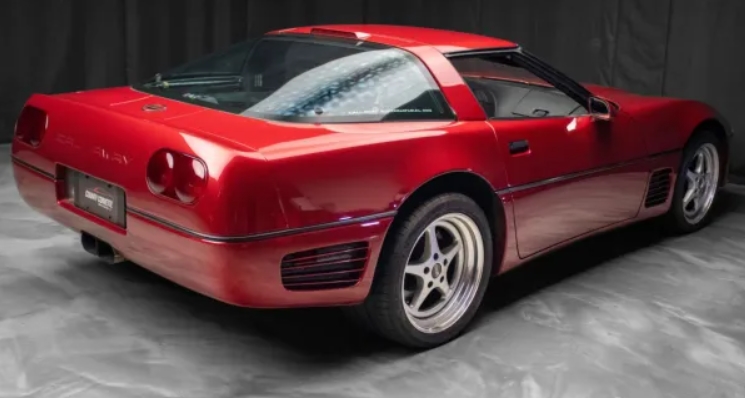The Evolution of the Buick Wildcat: A Journey Through Time
Buick, a brand synonymous with American automotive heritage, produced the Wildcat—a model that stands as a testament to the brand’s innovation and flair for design. The Wildcat, known for its elegant lines and powerful engines, embodied the essence of the American muscle car era. Let’s take a detailed look at the evolution of the Buick Wildcat from its inception to its final production years, highlighting the various models and trim levels offered throughout its lifespan.
Origins and First Generation (1962-1970)
The Buick Wildcat was first introduced in 1962 as a high-performance variant of the Buick Electra model. Initially, the Wildcat served as a concept car and garnered much attention due to its aggressive style and powerful engine. After a successful reception, it became a standalone model in 1963 and continued production through 1970.
1963: The first production year of the Wildcat came with a distinctive body style that combined luxury with raw power. It featured a 401 cubic inch Nailhead V8 engine, producing 325 horsepower. Trim options included the base Wildcat and the Wildcat Custom, giving buyers the option of luxury features.
1964: The Wildcat underwent a few cosmetic updates, including a revised grille and modified rear tail lights. Engine options expanded to include the Wildcat 445, named for its torque rating.
1965: The model continued to receive refinements, including a new mirror-finish paint option and more available luxury features. The Wildcat began to cement its reputation for not just speed, but comfort and style.
1966: This year saw the introduction of a more refined look as well as the addition of the 465 Wildcat engine, which boasted 400 horsepower. The addition of this engine made the Wildcat a serious contender among muscle cars.
1967: 1967 marked the introduction of the first real redesign of the Wildcat. The changes included larger dimensions and more aggressive styling, features that appealed to the muscle car crowd. The 1967 Wildcat continued to offer the Wildcat 465 engine.
1968: The Wildcat maintained its styling but introduced a few internal changes. Though production remained steady, the muscle car segment in America was starting to evolve, leading Buick to reconsider the positioning of the Wildcat.
1969-1970: Changes in consumer preferences and increased competition from the likes of Ford and Chevrolet led to the gradual decline of the Wildcat’s sales. The models showcased improvements in interior comfort and sound insulation but fell short of the performance updates many enthusiasts initially hoped for. The Wildcat was discontinued from production after 1970, marking an end to this first era.
Second Generation and Revival (1970-1972)
The Wildcat namebeds would not vanish entirely. In 1970, the Wildcat was reserved for an exclusive coupe version of the Skylark while the full-size market began to show signs of transformation.
1970: The Wildcat continued to offer a range of options but now reflected more of a luxury brand for Buick, focusing on refined rides rather than raw muscle.
1971-1972: The model only lasted for two additional years as a nameplate. Production focused on comfort and style rather than competition with muscle cars. Buick introduced several trim levels, including the base Wildcat and the Wildcat Custom, which offered upgraded interior features.
.
Car Shows: Past, Present, Future shows you the decades of changes that occurred in the automotive world.
.
The Third Generation (1985-1996)
In a strategic move to refresh the Buick lineup, the Wildcat name was revived in the mid-1980s. This time, the Wildcat took the form of a midsize coupe, representing the changing tastes in the American automotive market.
1985: The new Wildcat was essentially a rebadged version of the front-wheel-drive Buick Century. Sporting a 3.0-liter V6 engine, this model was a significant departure from its powerful predecessors, hinting at a shift towards fuel efficiency and daily usability.
1986-1996: The subsequent years saw limited changes to the body design and features. Trim levels were sparse, with a base model and a more luxurious version marked by additional appointments and enhanced audio systems. The focus now was on creating a stylish vehicle for the growing market of luxury compact vehicle buyers.
The Final Era (1996-1999)
Despite attempts to evolve with the automotive market, the Wildcat’s nameplate was retired once again. Buick needed to simplify its model range and strengthen its identity. The last Wildcat rolled off the line in 1999.
1996-1999: The final iterations returned to a more performance-oriented aspect with design cues nodding to its muscle car heritage. However, the model did not receive major overhauls throughout these years. The focus remained on providing a smooth, comfortable driving experience.
Conclusion
Throughout its lifecycle, the Buick Wildcat underwent significant changes that mirrored the trends in the automotive industry. From its rugged muscle car roots in the 1960s to the comfortable and efficient designs of the late 1980s and 1990s, the Wildcat reflects broader shifts in consumer preferences.
From its debut with excitement and muscle to a more subdued final farewell, the Wildcat’s legacy is a complex and dynamic one. Though it may no longer be in production, the Wildcat remains a fond memory for car enthusiasts, representing an era when power and elegance coexisted on American roads. Each model and trim level throughout the years showcases Buick’s innovative spirit and commitment to style, ensuring that the Wildcat will forever have a place in the pantheon of American automobiles.


